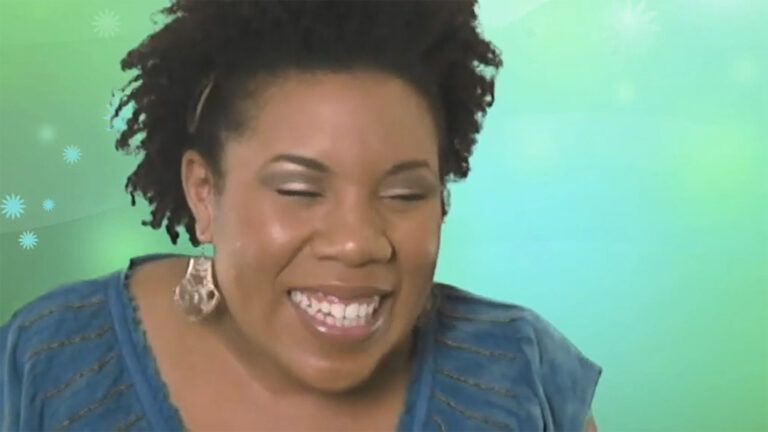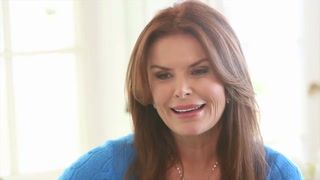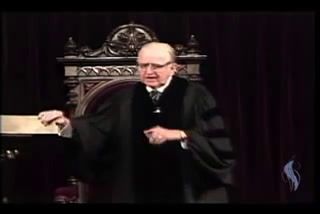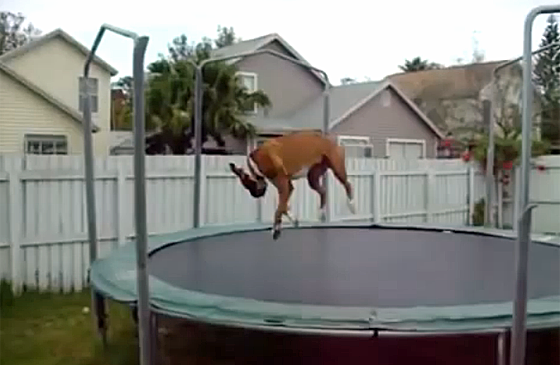
Serving as a Caregiver to Her Son Renewed Her Faith
Amy Roost shares how her role as a caregiver following her son’s brain hemorrhage strengthened her faith and bolstered her prayer life.
View Transcript
Amy Roost: I’m Amy Roost, and I’m a writer. I live in San Diego with my husband and my two cats, and I get to Bellingham to visit my son Spencer as often as possible.
This is a story really about caregiving and the stress that is involved in caring for somebody who’s in the hospital, specifically in ICU. It’s about my own journey during that time that my son was in the hospital for two months, and how I came to pray again.
You know, faith is such a critical piece of helping somebody recover, but also sustaining your energy level to be able to help somebody recover. So it’s a lot about how I actually came back to religion as a result of my son’s having had a stroke and brain surgeries.
I’d say the hardest thing about Spencer’s recovery process for me, personally, was being afraid that we might lose him. There was one specific incident where he had a stroke in front of us and he went into a hypermetabolic state, and we had to hold him down while the doctors tried to intubate him, and that then led to his being in a coma and there was really no guarantee or even assurances that he was going to improve at that point for several days.
Just the waiting, there were times where he would have a successful procedure, but we couldn’t be sure it was successful until he not just came out of anesthesia, but until his brain booted back up.
I have been taught through this whole experience to take leaps of faith. We get so wrapped up about certain things in life, little things, and I have really become less upset about the small things in my life. I understand that in the scope of all things, these small things don’t mean that much. It’s really allowed me to become, I would say, a less controlling person.
You know, when I was little, I used to say my prayers and when my kids were little, I took them to church and exposed them to the teachings of Jesus. My mother was Catholic, though, and she taught me when I was little how to pray with a rosary. She said to me that she would pray when there were either bad things happening in her life or things that she just didn’t understand and that she was trying to gain some understanding about, and she found it useful to pray because it would calm her mind.
I was coming home from dinner one night on the way back to the hospital. It was raining. It was Seattle, so it was like this all-of-a-sudden downpour, and I took shelter in St. James Cathedral, which is just down the street from the hospital. I remembered my mom teaching me how to pray, and it just kind of all came back to me, even though I was only 12, maybe, when she taught me.
What I did was I let a scene, vision come to me. I just waited. I tried to calm myself, and so I had that happen, and I explained it in the article that happened several times throughout Spencer’s recovery process where I was able to make decisions and calm myself by going into a prayer mode.
I now call it sort of dropping in on myself, like you would drop in on somebody for coffee. It’s like I drop in on me. That’s how I would explain prayer if somebody asked me, “How do you pray?” It’s like I drop in on myself. I check in. I try to be calm and still and wait for a scene. I interpret that scene according to whatever it is that’s on my mind.
I just am able to find peace when I pray, and when I find peace, I find answers as a consequence. It’s not like I’m looking for answers. I’m looking for peace. But then the answers open up for me, generally.










